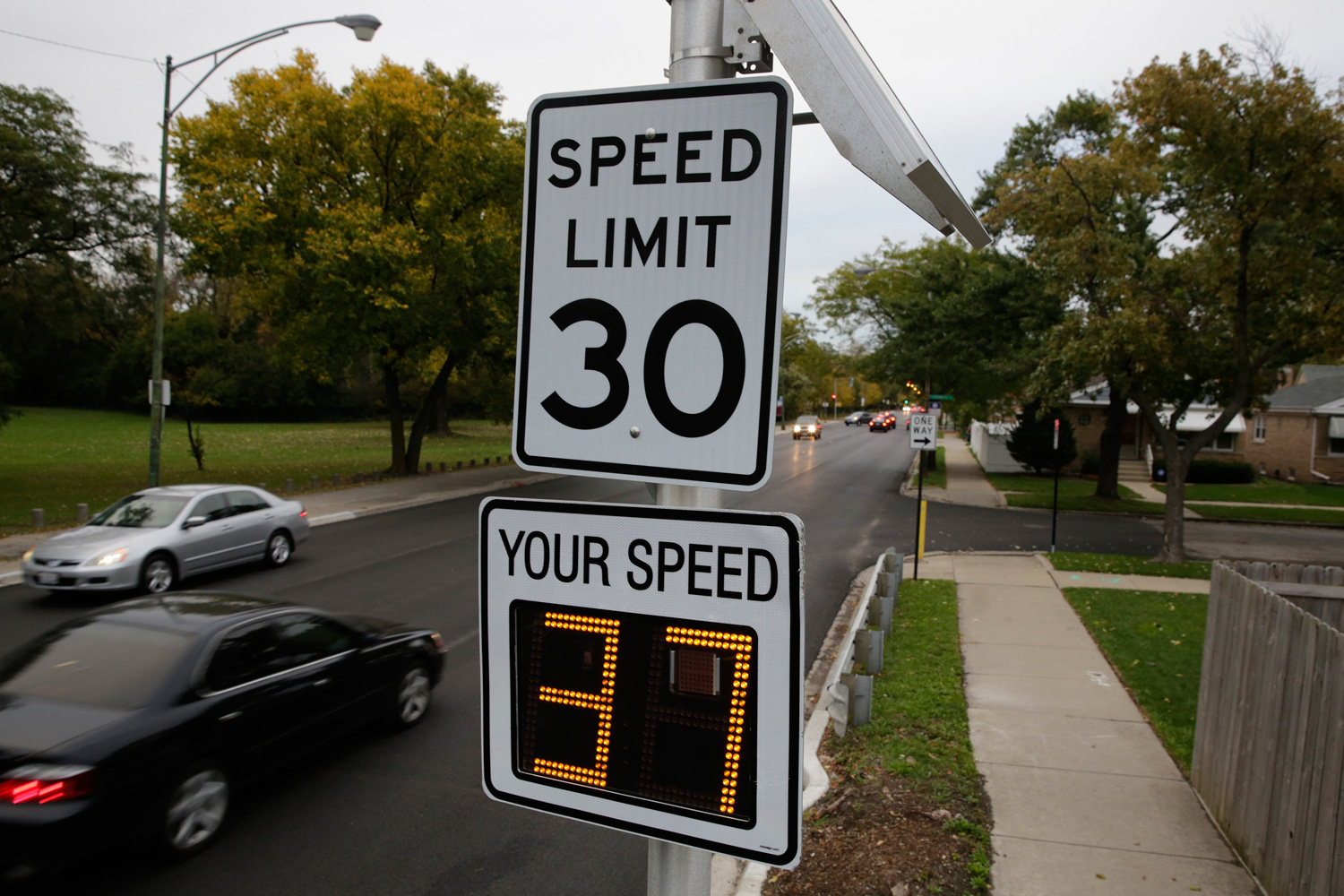One of the ways my parents brought me up right was introducing me to the concept of a speed trap. The object lesson was Boones Mill, Virginia, a town of 285 in rural Franklin County, Virginia, at the bottom of a holler along the Virgil H. Goode Highway. In other words, a blink-and-you'll-miss-it town, which they used to their advantage when they realized that drivers heading down the mountains on either side would blink and miss the speed limits. Its reputation as a speed trap was celebrated, especially when the town sported its own locally famous Camaro cop car, the better to catch rogue speeders.
When Frith became the town police officer in 1989, the town had no police car, so it bought a wrecked cruiser Frith repaired himself. But after losing seven high-speed chases, he appealed to the town council to buy him a better car.
The town ended up purchasing a white Camaro, dubbed car No. 55, which became synonymous with Frith's name from then on. Six years ago, the council replaced the white Camaro with the blue one that's now been stripped of its equipment — but not its lights or markings — and earmarked for eBay.
There's not a lot going on in Boones Mill, so people admired their flair, sort of like a bootlegger in reverse (Franklin County is also considered the Moonshine Capital of the World, so it has a long history of recognizing the skills of people who drive fast in order to make money).
And cities are finally starting to realize what stoplight towns have known all along:
The Emanuel administration expects to collect $101 million more from speed camera fines and sales, real estate transfer, hotel and other taxes than it predicted it would just three months ago when the mayor's financial aides first declared that the overall 2014 budget shortfall would be $339 million. The more optimistic revenue estimates allowed the mayor to fill nearly 30 percent of his budget hole in one fell swoop.
In the budget book, the administration predicts a $76 million increase in fees, fines, and forfeitures, a 23 percent increase, when other revenues are mostly flat. And it's easy to reverse-engineer the estimate: 223,000 speeding tickets in 45 days projecting to $106 million over one year, minus a 43-percent drop after the first two weeks.
In 2006, researchers at the St. Louis Fed predicted and the University of Arkansas-Little Rock looked at ticket issuance versus economic conditions, and found the latter to be predictive of the former:
Specifically, we find that a one percentage point increase in the county’s unemployment rate results in an 0.0801 to 0.0849 percentage point increase in the number of tickets issued per person, which is significant at the five percent level in each regression. This suggests that, independent of the fiscal health of local governments, the timing of traffic tickets tends to mimic changes in county-wide economic conditions.
[snip]
[T]he issuance of traffic tickets by local governments responds asymmetrically to changes in local revenue. In other words, there is a significant increase in the number of tickets issued in response to a decline in revenue, but no significant reduction in the issuance of tickets following increases in revenue. Thus, independent of a public safety motive, our results suggest that local governments behave, in part, as though traffic tickets are a revenue tool to help offset periods of fiscal distress.
Also predictive: increases in tourist revenues, for reasons that should be obvious to anyone who's ever gotten a ticket out in the hinterlands.
This is not to say that the mayor's office is predicting a decline in all other revenues. Federal funding is expected to increase, despite the decline in stimulus funding, because of expected infrastructure spending. Sales taxes are expected to increase (interesting tidbit: "nearly 30 percent of City sales taxes are generated from drinking and eating establishments") "with the continued growth of the economy, so… cross your fingers.
But as the economy rises and falls, sin and stupidity remain predictable, and thus become an increasingly important and stable source of revenue.




